Test: Automatic Control Systems - 1 - Electrical Engineering (EE) MCQ
25 Questions MCQ Test - Test: Automatic Control Systems - 1
For the system in the given figure the characteristic equation is


For the system in the given figure. The transfer function C(s)/R(s) is
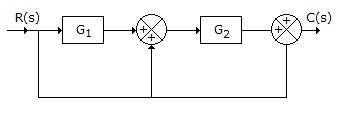

Whether a linear system is stable or unstable that it
For the system of the given figure the transfer function  =
=
In the given figure shows pole-zero plot. If steady state gain is 2 the transfer function G(s) is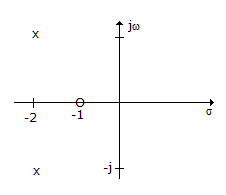
If a system is to follow arbitrary inputs accurately the bandwidth should be
For the system of the given figure, the damping ratio of closed loop poles is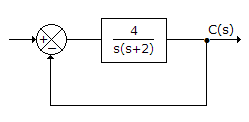
Assertion (A): Potentiometers can not be used as error detectors in position control systems.
Reason (R): The resolution of a potentiometer places an upper limit on its accuracy
For a first order system having transfer function  , the unit impulse response is
, the unit impulse response is
In a two phase ac servomotor rotor resistance is R and rotor reactance is X. The speed curve will be linear if
In the given figure, the input frequency is such that R = XC. Then
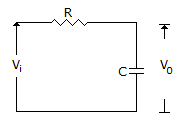
From the noise point of view, bandwidth should
First column elements of Routh's tabulation are 3, 5,  , 2. It means that there
, 2. It means that there
When a unit step voltage drives a lag network the output
A system has its two poles on the negative real axis and one pair of poles lies on jω axis. The system is
In the given figure the input frequency is such that R << Xc, then
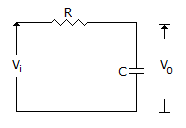
A unity feedback system has open loop transfer function The closed loop transfer function is
The closed loop transfer function is
In the given figure, of potentiometer V0 = Vi (R0/Ri) only when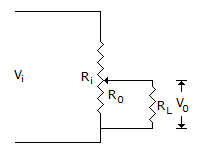
Assertion (A): The steady state response, of a stable, linear, time invariant system, to sinusoidal input depends on initial conditions.
Reason (R): Frequency response, in steady state, is obtained by replacing s in the transfer function by jω


 .
. .
. , force/velocity = mechanical impedance.
, force/velocity = mechanical impedance.
 , E0(s) = [I(s)][Z2(s)] or
, E0(s) = [I(s)][Z2(s)] or  .
. .
.  .
.
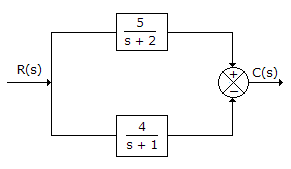
 .
. ∠ < 1 so that torque speed curve is almost linear.
∠ < 1 so that torque speed curve is almost linear.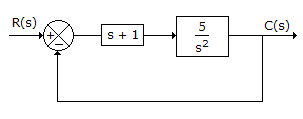
 .
.
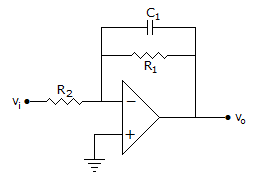
 .
. .
.















